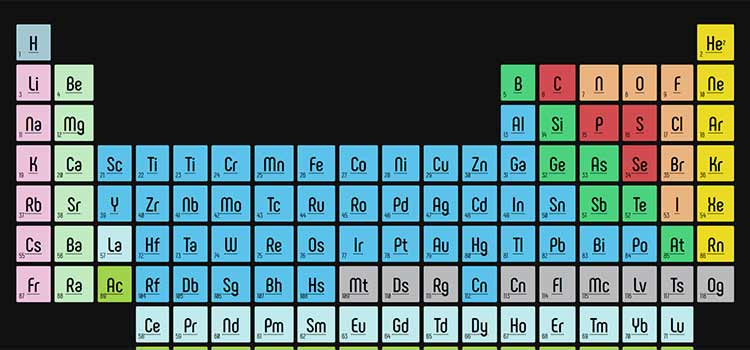
For more information on why they can't be customized, see Variables in Media Queries. Breakpoint values can not be customized at this time. The default breakpoints for the grid and the corresponding properties are defined in the table below. Grids can be customized via CSS variables.(e.g., size-sm="4" applies to small, medium, large, and extra large devices). Grid tiers are based on minimum widths, meaning they apply to their tier and all those larger than them.There are five grid tiers, one for each responsive breakpoint: all breakpoints (extra small), small, medium, large, and extra large.See the CSS Utilities for more styles that can be applied to the grid.

However, the padding can be removed from the grid andĬolumns by adding the ion-no-padding class to the grid. There is padding between individual columns.Column widths are set as a percentage, so they’re always fluid and sized relative to their parent element.For example, four columns will each automatically be 25% wide. Columns without a value for size will automatically have equal widths.So, size="4" can be added to a column in order to take up 1/3 of the grid, or 4 of the 12 columns. The size property indicates the number of columns to use out of the default 12 per row.

#W3 CSS RESPONSIVE GRIDS FULL#
Grids take up the full width of their container,īut adding the fixed property will set the width based on the screen size, see Fixed Grid below. Grids act as a container for all rows and columns.The number of columns can be customized using CSS. It is based on a 12 column layout with different breakpoints based on the screen size. Columns will expand to fill the row, and will resize to fit additional columns. 3.2 Responsive Development Techniques: CronJ utilizes the latest responsive development techniques, including fluid grids, media queries. It is composed of three units - a grid, row(s) and column(s). In this case, you can also use CSS grid and JS for the mobile menu.The grid is a powerful mobile-first flexbox system for building custom layouts. Style the CSS navbar for mobile devices using CSS media queries, as shown below. The logic behind using the checkbox element is that when it's unchecked, it'll have display: none whereas while checked, it'll change the CSS property of the general sibling selector (~) by setting it to display: block Simply stated, you’re using the checkbox to toggle the hamburger and navigation menus between the expanded and hidden states. Note that ☰ is an HTML entity that displays the ☰ character, representing a hamburger icon. This CSS will create a nav bar that looks like the following: Position: absolute /*WITH RESPECT TO PARENT*/ The Service menu needs a little extra attention as you have to set display: none for normal conditions and set it to display: block when someone hovers on it. You can use CSS Flexbox to apply hovering effects for highlighting. Start by applying some basic CSS styles to reset default values, making it easier to style the navbar: /* UTILITIES */ Your HTML navbar structure is now complete. You can skip the hamburger menu while building the desktop navbar. You'll have the dropdown menu inside the Service (main) menu. Hamburger Menu (using the checkbox hack).That's enough to understand the importance of implementing responsive mobile navigation on your site. ResponsiveĪ global internet usage report by Statista shows that 59.5 percent of the global population is actively using the internet, and 92.6 percent are using it via mobile devices. You can experiment with color schemes and use lighter or darker shades for highlighting and dropdown menus. You should stick to a pre-decided brand color to make the design more consistent. NoticeableĪ simple responsive navigation bar shouldn’t be boring at all. Afterward, you can add sub-menus as a dropdown, if necessary. Instead of cluttering the navbar with links to every page, you should go for the broader categories of your site. Consider three key elements while designing an ideal HTML navbar: 1. You should build a navbar that inspires curiosity and attracts visitors simultaneously.

The first step towards doing so is showing visitors a clear and concise path. It’s quite obvious that most website owners want to acquire new visitors. Prerequisites: The Three Key Elements of a Responsive Navbar
#W3 CSS RESPONSIVE GRIDS HOW TO#
Here's how to make a responsive navigation bar using only HTML and CSS, without using even a single line of JavaScript.


 0 kommentar(er)
0 kommentar(er)
